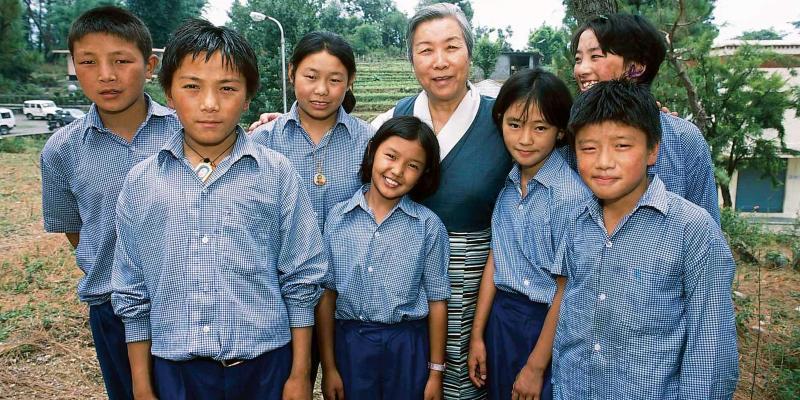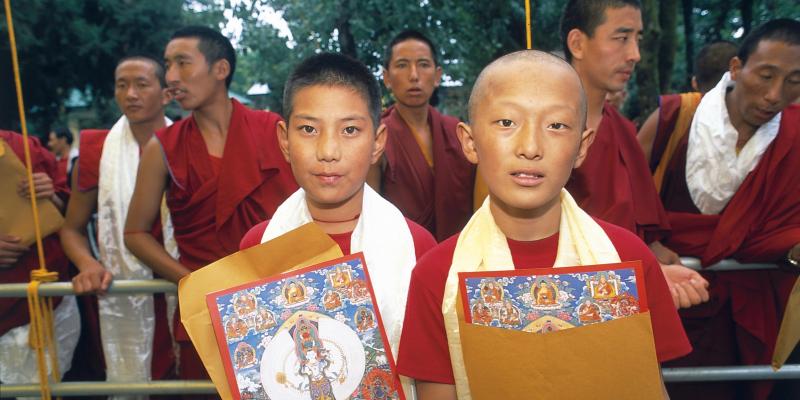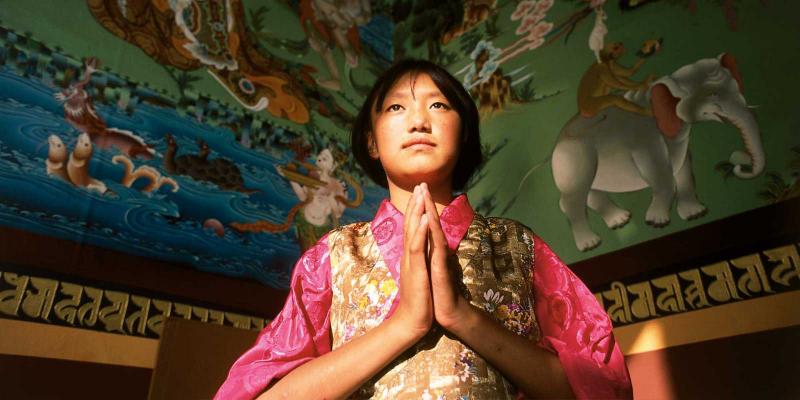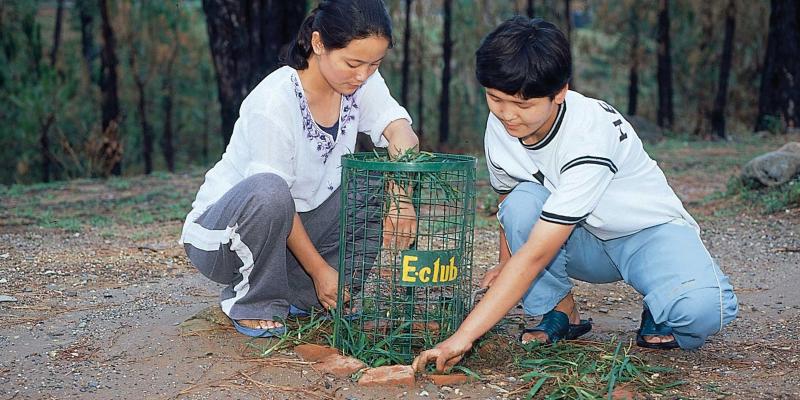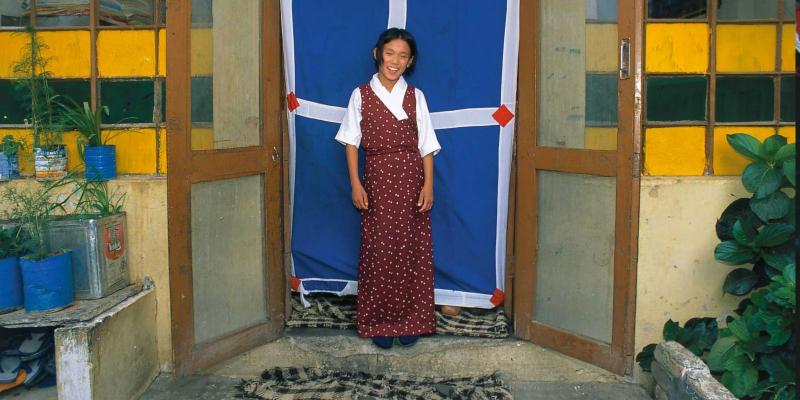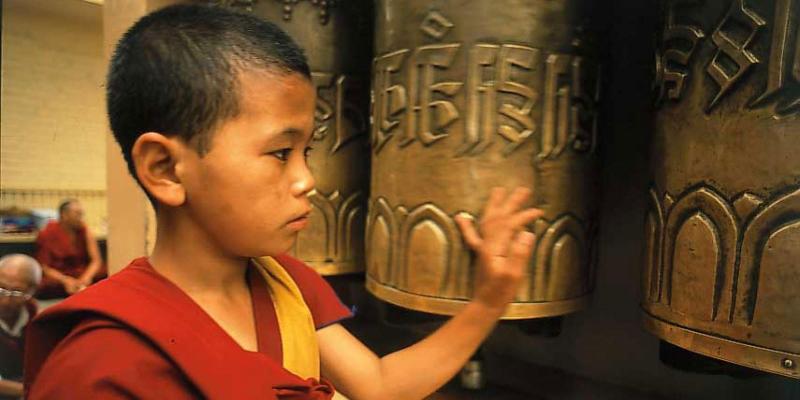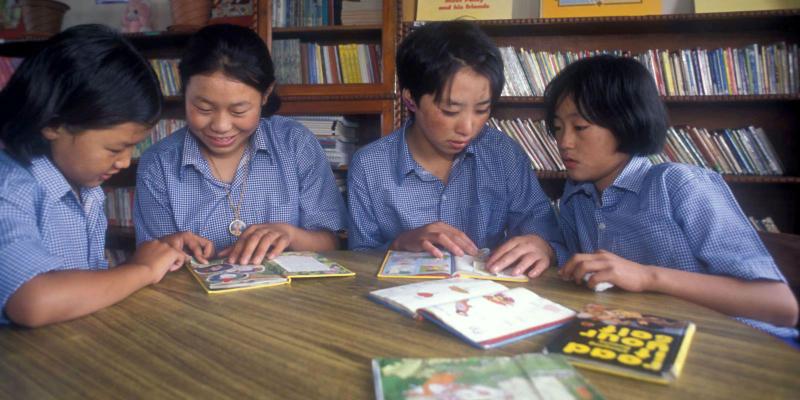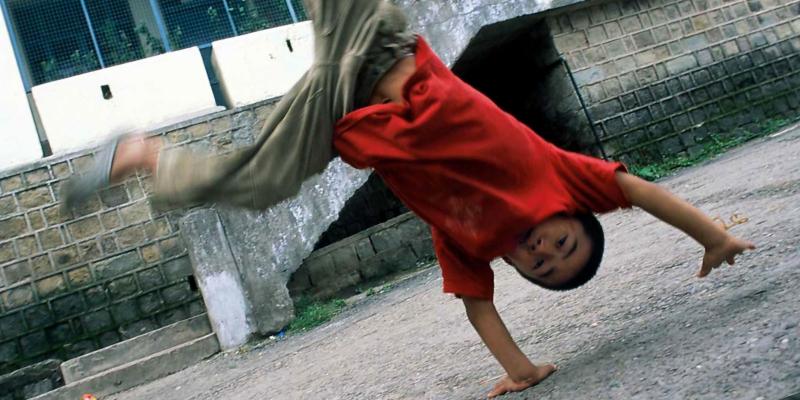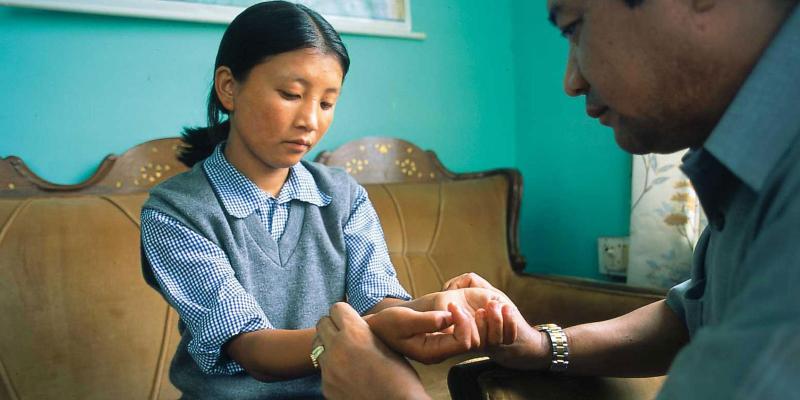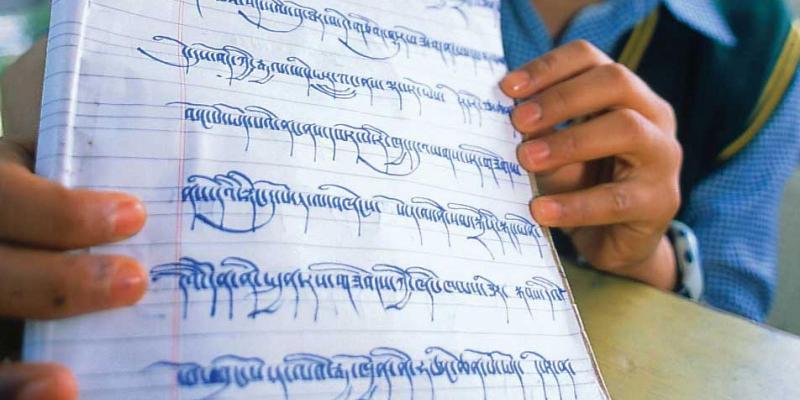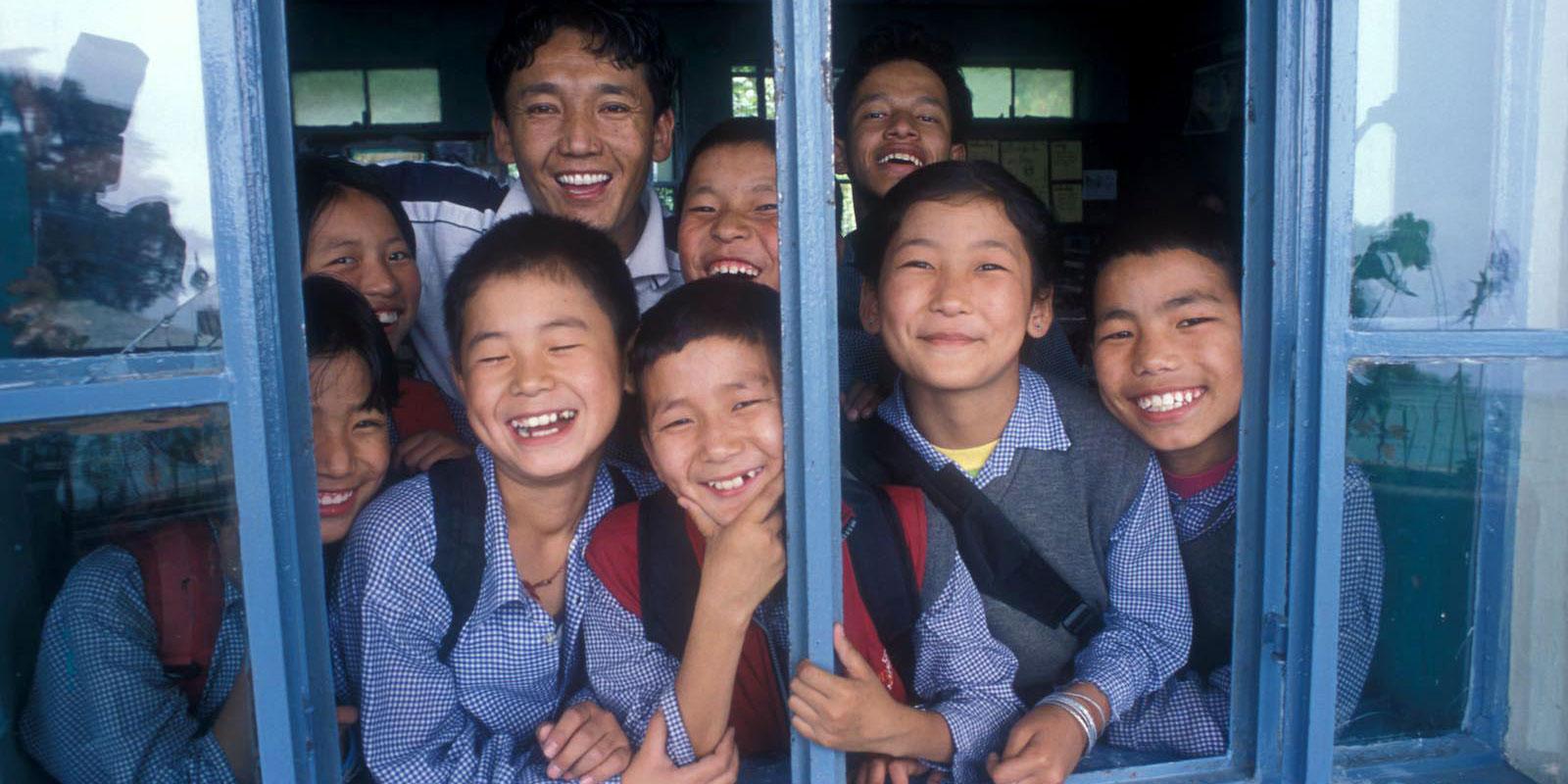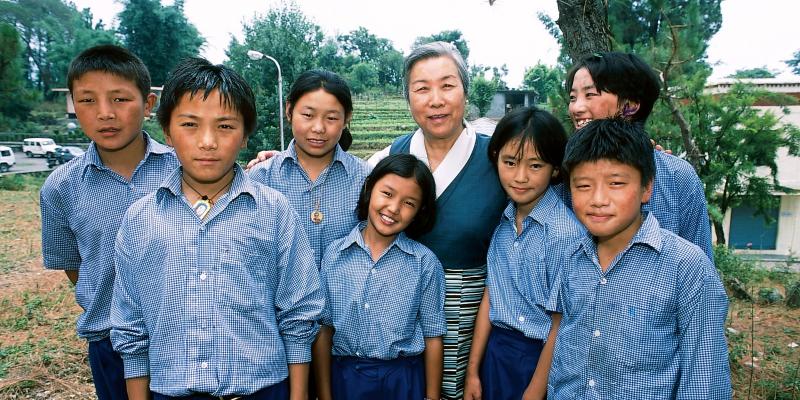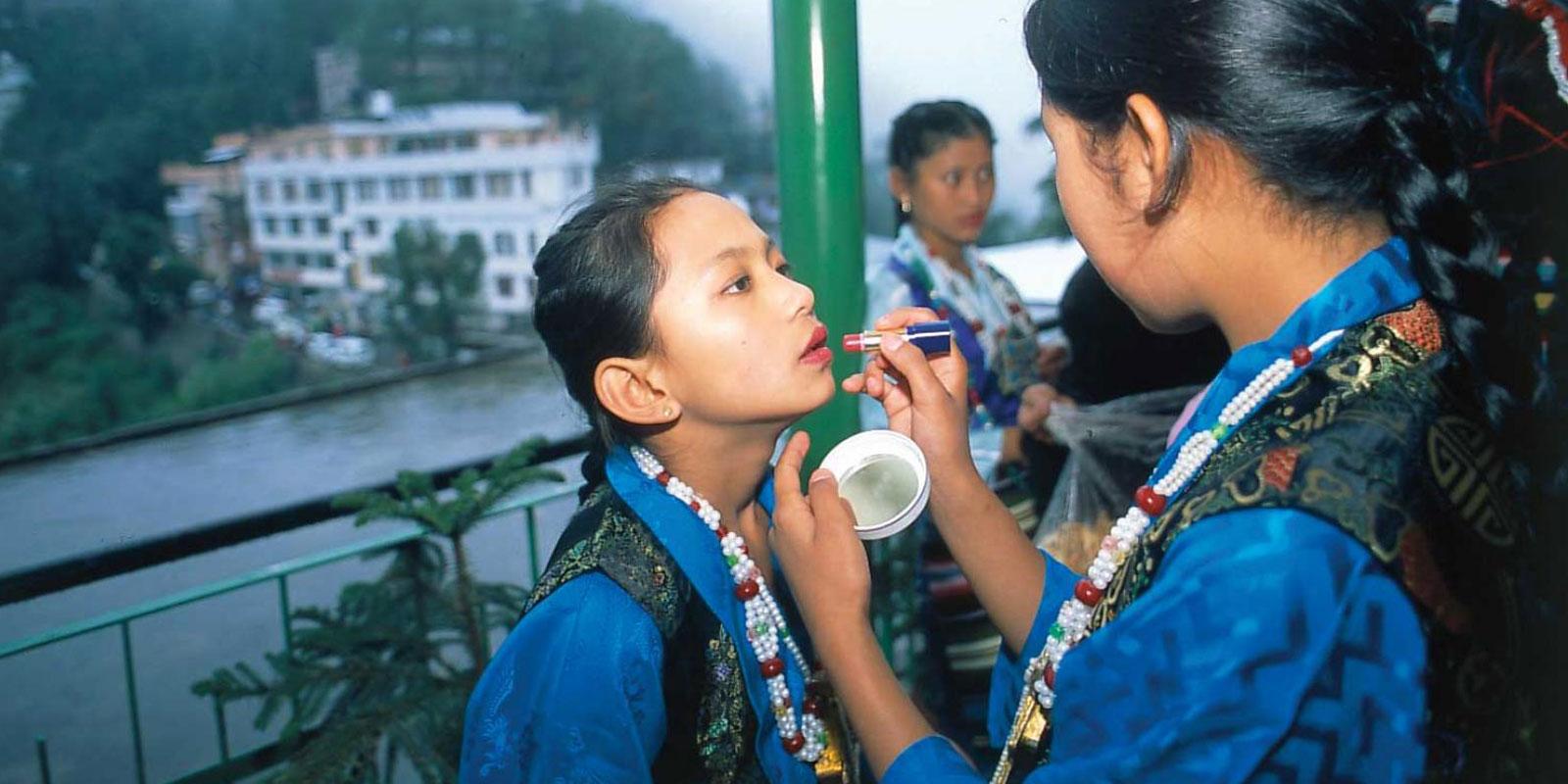
Dawa, 12, must almost pinch herself to make sure it isn’t a dream. She is to perform in front of thousands of people and Tibet’s highest leader, the Dalai Lama.
The 7th of July is an important day for Tibetans across the world; it is the Dalai Lama’s birthday. In Dharamsala they celebrate with a big dance and music festival outside the temple. It is a great honour for a school pupil to be one of the artists. But Dawa isn’t nervous. She has practised every day after school for weeks.
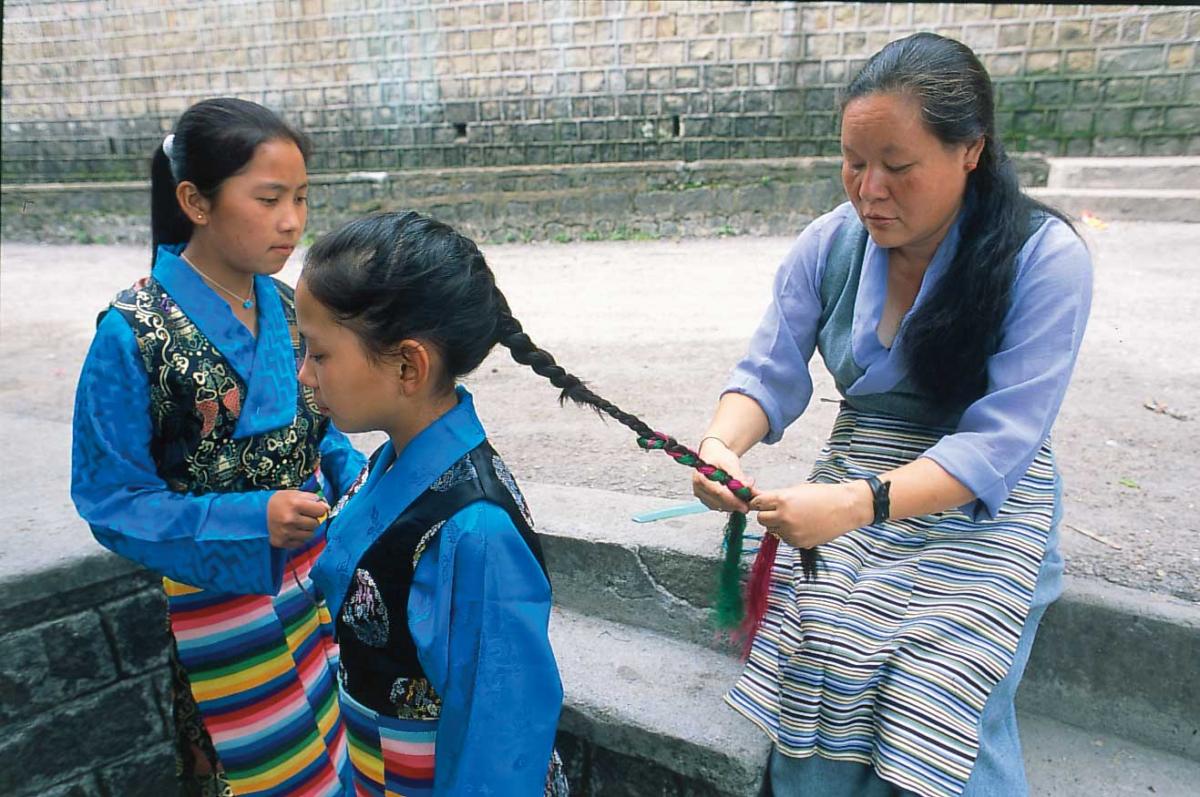
A wet celebration
The monsoon season has just begun in Dharamsala and soon the rain is tipping down over the thousands of people who have queued for hours outside the Tsuglak hang temple. Still, they are happy. In their homeland, Tibet, the Chinese government doesn’t allow people to celebrate Dalai Lama’s birthday. Dawa and her friends get changed behind the temple.It is packed with other children, dancers and musicians.“It’s time” someone shouts. Dawa lifts her heavy string instrument and jogs with the others through the crowd. Suddenly she sees the Dalai Lama. He is sitting at the front. Jetsun Pema is also there.
Above the guests and musicians the organizers have hung enormous pieces of cloth with the Tibetan symbol for good fortune in black on yellow. When Dawa’s group begins to play and dance they are dazzled by flashing lights; photographers from all over the world have come to film and take pictures of the Dalai Lama. The young musicians get massive applause, and Dawa sees the Dalai Lama waving to them as they leave the stage.
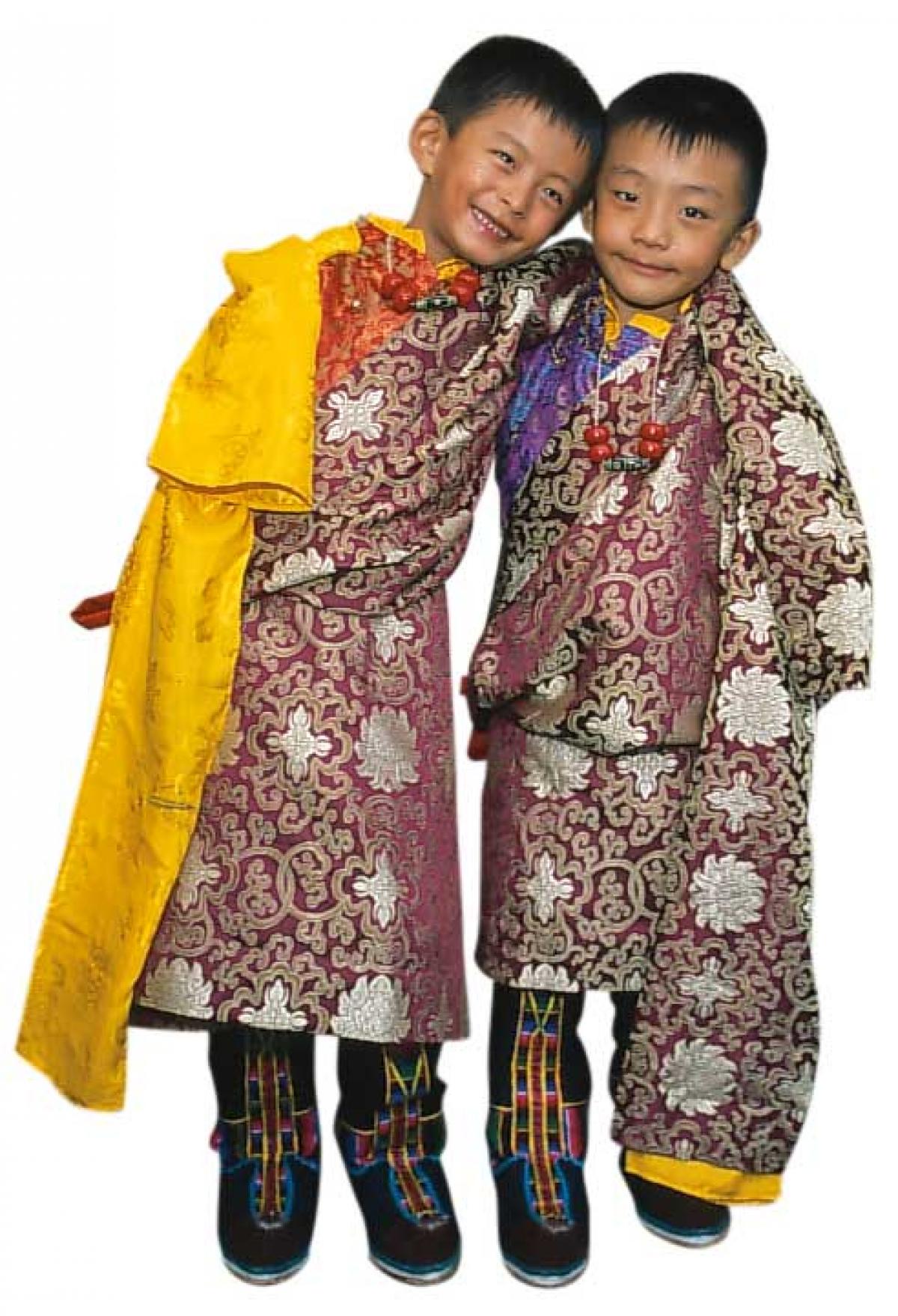
One-sleeved cool style
Phuntrok and Tridhe wear embroidered silk coats which were worn by rich men in old Tibet. They had long sleeves to show they didn’t need to get their hands dirty because they had many servants. It is typically Tibetan and pretty cool to let one coat sleeve drag along the ground. In Tibet, warm days can be followed by freezing cold nights. Traditionally, a Tibetan only put his arm in his left coat sleeve or tied both sleeves around his waist. In the evening chill, he would put the whole coat on. © Kim Naylor/WCPF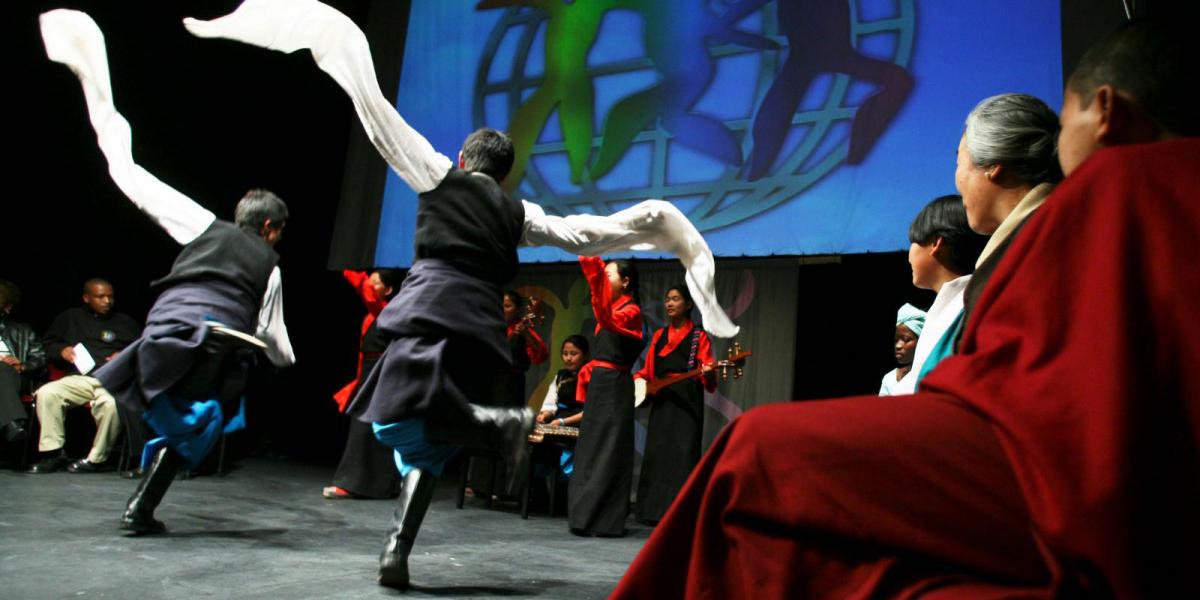
Related stories
Långgatan 13, 647 30, Mariefred, Sweden
Phone: +46-159-129 00 • info@worldschildrensprize.org
© 2020 World’s Children’s Prize Foundation. All rights reserved. WORLD'S CHILDREN'S PRIZE®, the Foundation's logo, WORLD'S CHILDREN'S PRIZE FOR THE RIGHTS OF THE CHILD®, WORLD'S CHILDREN'S PARLIAMENT®, WORLD'S CHILDREN'S OMBUDSMAN®, WORLD'S CHILDREN'S PRESS CONFERENCE® and YOU ME EQUAL RIGHTS are service marks of the Foundation.



